#cypress wetlands
Photo
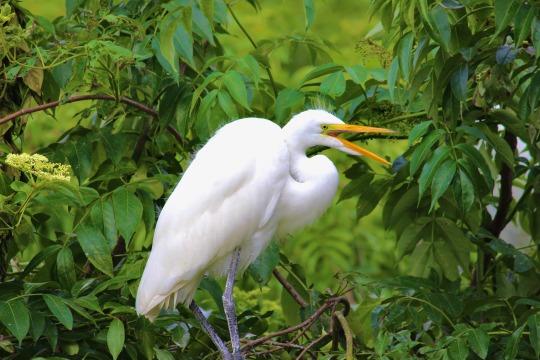
📷: pamwmsn.tumblr.com
Great White Egret. Cypress Wetlands. Port Royal SC.
13 notes
·
View notes
Text
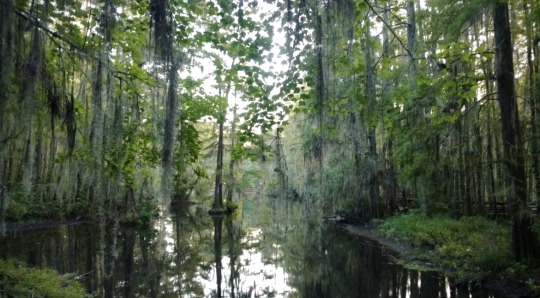
Cypress forest in the wetlands of South Carolina.
#aka heaven#it’s so green ima die#spring#summer#outdoors#nature#adventure#swamp posting#swamp#wetlands#south carolina#photography#landscape#forestcore#forest#camping#Lowcountry#bald cypress#cypress#lush#woodland#woods#rain forest#aesthetic#swampcore#cottage#cottage core#cottage aesthetic#frog#southern gothic
893 notes
·
View notes
Text
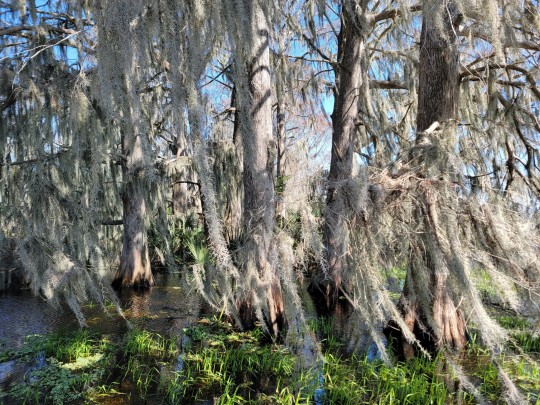
Wisps of Spanish Moss in a Cypress Grove - February 21st 2024
#bald cypress#nature#lensblr#photographers on tumblr#landscape photography#florida#american south#southern gothic#spanish moss#wetlands#taxodium disitichum#Kissimmee river
112 notes
·
View notes
Text



Flowers and a tree
24 notes
·
View notes
Text

Swamp lily (crinum americanum) 🤍
3 notes
·
View notes
Photo
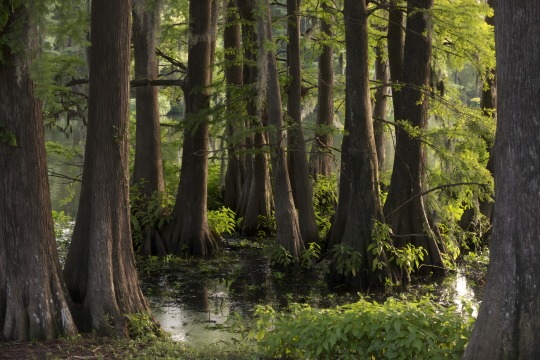
Greenfield Lake, Wilmington, NC
28 notes
·
View notes
Text










Hillsborough River State Park, FL
8 notes
·
View notes
Text





Cypress Hill at Wetlands Preserve nightclub in NYC, 1992, © Steve Eichner
#cypress hill#1992#1990s#90s#music#b-real#sen dog#dj muggs#pics#steve eichner#rap#hip hop#soupy's#nyc#new york#wetlands#the star trek joke on the wall
3 notes
·
View notes
Text

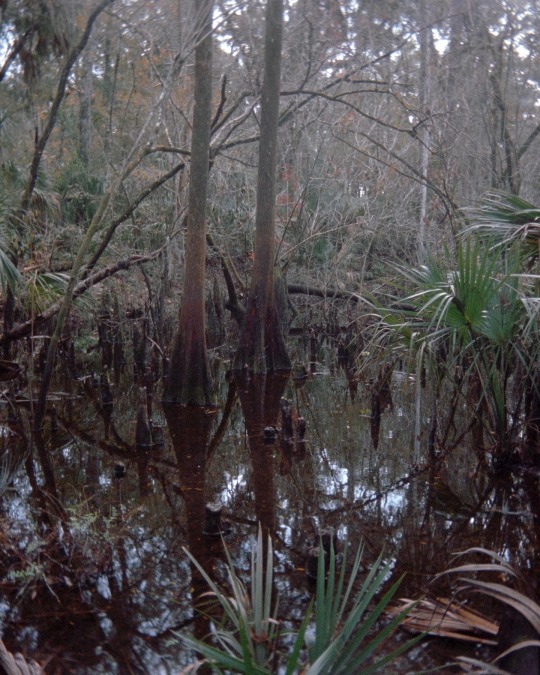




Hillsborough River State Park 💚

#filmisnotdead#staybrokeshootfilm#film photography#35mm color film#film photoset#color film#photography#analog#grainisgood#ishootfilm#nature#florida#swamp#cypress swamp#wetlands
5 notes
·
View notes
Text


Extinction is always accompanied by unanswerable questions. Absence makes mysteries of the simplest details: the Passenger Pigeon's weight; the Dodo's tail; the diet of the Thylacine.
We know more about some species' cause of death than we do about the life that preceded it. When its last refuge was clearcut in the 1940's, the biggest question about the Ivory-Billed Woodpecker’s disappearance was whether it was, in fact, gone. But another mystery nagged from the depths of the swamp.
Like the Ivory-Bill, the stronghold of the Carolina Parakeet had been old-growth wetland forest—rich with cypress nuts too hard for other birds to crack, and plentiful places to roost and rear young. Though extirpated elsewhere by hunting & the pet trade, the bird should likewise have been expected to persist in the wildness of the Southern swamps. Yet the common parakeets vanished 40 years sooner than did the woodpecker.
A cavity-nester, the Carolina Parakeet made its home not among tree branches, but inside their dead, hollow trunks. The Ivory-Bill was able to drill itself a new nest each year, but a beak made for cracking cypress shells was useless at excavating solid wood, and parakeets were dependent upon whatever hand-me-down hollows they were able to find.
There are other species that live in secondhand nests. And the fingerprints of human influence can be found far beyond the reach of a physical hand.
The honeybee was brought to North America in 1622, and the European imports quickly set off on their own New World conquest, heralds of the incoming tide. In less than 200 years, they were established throughout the lands east of the Mississippi River. Most often, feral swarms would build their buzzing homes inside of hollow trees.
There's no way to know for sure how large a part the European Honeybee played in the loss of the Carolina Parakeet. But we do know that swarming honeybees have been documented stealing nests from the vulnerable ‘Ua'u bird of Hawaii, leaving limp bodies welted with stings beneath their feathers.
We know, too, the impact that our current honeybee-centric system of agriculture has upon the 4000+ species of bee native to North America, 1 in 4 of which is threatened with extinction. Wild bees require diverse diets and habitat to thrive; they struggle to survive amid our sprawling, bug-sprayed monoculture, much less meet the demands of its pollination.
Without the honeybee, it’s often said, our industrialized foodchain would collapse. But, maybe it isn't too late to find ways to prevent everything else from crumbling at our expense.
The title of this painting is 'The Colonizers'. It is gouache on 18x24" paper, and is #6 in my series about the Carolina Parakeet.
1K notes
·
View notes
Text
So fucking depressing (hint: for anyone encountering a login wall, firefox will let you read the article by clicking on the page icon on your browser bar called the "Toggle Reader View" button).
Bald cypress are literally thousands of years old in certain places, but essentially climate change and pollution from humans, couple with the destruction of swamplands for much of American history, is finally killing off this incredibly resilient plant that could still teach us so much about how to adapt to our changing environment.
I just... I hate this so much. The reason the swamps and wetlands were targeted was so unnecessary, boiling down to "well, we can't easily use shit from there and it's gross and icky so go ahead and destroy it." Perfectly encapsulates the American perspective, imho.
116 notes
·
View notes
Text

wildlifeshooter
Cypress Wetlands Port Royal SC
White Ibis.
2 notes
·
View notes
Text

The Bald Cypress
Congaree National Park, South Carolina
First, pictures do NOT do this justice. If you saw my last post, you have a better idea of how massive this tree really is. Now, I gotta talk about one my favorite tree species, which is so special to me and the landscape of this region: the beautiful Bald Cypress. You can easily find these trees and their “knees” in the wetlands along the southern east coast, gulf coast, and parts of the Mississippi River.
These trees are ANCIENT. What I am standing next to here is a tree that is over 1,000 years old. Think about that for a moment - the history of a millennium. Bald Cypress trees are the 5th oldest living thing in the world, and they are the oldest wetland tree in the world. There are currently Bald Cypress trees in North Carolina that are over 2,600 years old, and those are the ones we know of. Being in the presence of a living thing this ancient, truly is humbling to think about and experience.
This tree in Congaree National Park is an impressive 30 feet in circumference. Coming to this forest, and seeing the huge versions of trees I see every day is what makes this place so exciting. It truly makes me ponder the potential of what could have been. Growth and industrialization sadly ruined most of the old growth forest landscape of the southeast. These massive trees were largely harvested for building materials.
Instead of focusing on what could have been, I am glad to experience the few that remain!Thankfully, Congaree is a beautiful time capsule and gift we have to step back in time. Take the time to check out where you can find champion trees where you live! The wetlands here are full of Bald Cypress trees. Looking forward to the future, far past my time, I can only hope those trees can become giants.
#trees#nature#history#outdoors#adventure#cypress#Congaree#congaree national park#hiking#amazing#historical#ancient#nature photopragpy#inspiration#wetlands#river#lake#swamp#south carolina#photography#landscape#forest#trees and forests#forestcore#camping#national park
38 notes
·
View notes
Text

Leaving the Bald Cypress Grove - February 21st 2024
#nature#photographers on tumblr#original photography#bald cypress#spanish moss#wetlands#florida#Kissimmee River#southern gothic
17 notes
·
View notes
Text
Stand in solidarity with the Miccosukee:
Big Cypress Preserve is part of the Everglades, one of the largest remaining tracts of wetlands on Turtle Island (North America).
The Miccosukee Tribe have lived there since time immemorial and their care for their home has shaped it into the beautiful swamp we know today.
The National Parks Service is trying to rush a change in Big Cypress' designation from a Preserve to a Wilderness area. [plain text: The National Parks Service is trying to rush a change in Big Cypress' designation from a Preserve to a Wilderness area.]
This would give the area stronger protections for water quality, but would significantly limit the Tribe's access to their homelands and completely ignores how their stewardship of the lands and waters was and is crucial in maintaining the health of ecosystems.
There hasn't been a good faith effort to include the Miccosukee in a meaningful way (ie free informed prior consent & input!!!) on this change to their sovereign territory.
If you want to practice allyship, here's a chance. Sign the petition to show your support / solidarity with the Miccosukee. [plain text: Sign the petition to show your support / solidarity with the Miccosukee.]
Personalize it even just a little, even if it's just adding your own name or hometown. If you're able, print it out sign it and mail it. The Tribe and organizers working on this have a goal of getting 500 letters to the NPS/Secretary of the Interior. The online petition is almost at its goal! Just over 2,000 signatures left (as of Mar.16th 2024 21:30EST).
Please please share! I have it on good word that the NPS is trying to push this through before folks really have a chance to hear about what they're doing or make a fuss. So make a fuss we must.
The mailing addresses are below the cut for anyone who can send a physical letter!
Mail to:
Charles F. "Chuck" Sams III, Director
National Park Service
1849 C Street NW
Washington, DC 20240
Secretary Deb Haaland
Department of the Interior
1849 C Street, N.W.
Washington DC 20240
#landback#decolonization#indigenous rights#ways to help#how to be a better ally#accomplice activities#miccosukee#big cypress preserve#everglades#environmental activism#environmental justice#intersectionality#turtle island#plain text#water is life#us politics#i literally cant think of any other tags and idr how many tumblr actually tracks anymore lmao.#more info to come!! including possible ways to help the miccosukee ensure that this never happens again :)
66 notes
·
View notes
Text
Inktober Days 22-24
Day 22: "Scratchy"

Saguaro, cholla, prickly pear, pincushion, hedgehog, barrel cactus—how magical are these amazing plants? Iconic, unique, perfectly tuned to their environment. The pleats on a saguaro help it bulge and shrink to accommodate water availability, and the inhospitable trunks provide shelter for desert birds.
Saguaro NP produces some of my favorite educational videos in the system, thanks in part to Feature Fridays with Ranger Freddy Gutiérrez Fern��ndez-Ramírez. Just to add to the scritchy-scratchy theme of this prompt, some of the more unusual videos featuring Ranger Freddy show how to remove jumping cholla barbs from your skin and clothes. Rangers in Saguaro carry hair combs in their first aid kits—and it’s not to fix flat-hat hair!
Day 23: "Celestial"

In recent decades, park managers have come to recognize natural soundscapes and pristine night skies as tangible resources, just like clean air, land, and water. As I was entering the NPS field, a big effort was kicking off to designate certain units as Dark Sky parks, and Big Bend is the king of them all. It has the lowest levels of light pollution of any park in the lower 48 and is famous across the NPS for its breathtaking starscapes.
Protecting natural darkness opens up amazing new opportunities for visitors and rangers. I love assisting with night sky programs, because I remember how I felt when I first traveled away from the greater I-85 corridor and saw my first pristine night sky. It’s a primordial type of magic to see stars unveiled from urban lights and humid haze. And the good news is, unlike other endangered resources, dark skies are salvageable. When towns and cities take steps to reduce their light and air pollution, there’s no slow, agonizing recovery—the stars come right back. They’re just up there, waiting to peek at us again.
Day 24: "Shallow"

I have to confess—I used to look down on Congaree, despite it being the only national park in my home state of South Carolina. I thought of it as muggy, buggy, and a bit boring. But when I was researching wetland habitat for A Field Guide to Mermaids, I was stunned to realize just how special this landscape is. Our country used to be covered in immense floodplain forests along river corridors, but the natural flood cycles that made these lowlands so fertile also meant the land was prized for agriculture. Rivers were straightened, forests were cut down, and the rich soil was planted with crops. Because of this, Congaree protects the largest swathe of bottomland floodplain forest left in the United States.
And it’s a gorgeous park, as well. There’s something evocative and eerie about walking the elevated boardwalks over tea-colored water. Spooky cypress knees reach up through the water like outstretched arms, and several massive national and state champion trees loom up out of the thick forest.
This park may not have the accolades some of the grander, more storied parks have, but I’m proud that it’s my home state’s park and glad that it protects one of the last intact forests of its kind.
------
Another big thank you to the folks who have preordered Thirty-One Days of National Parks: The Artbook! The Big Bend page features a little guide to starhopping from the Big Dipper out to other stars!
103 notes
·
View notes